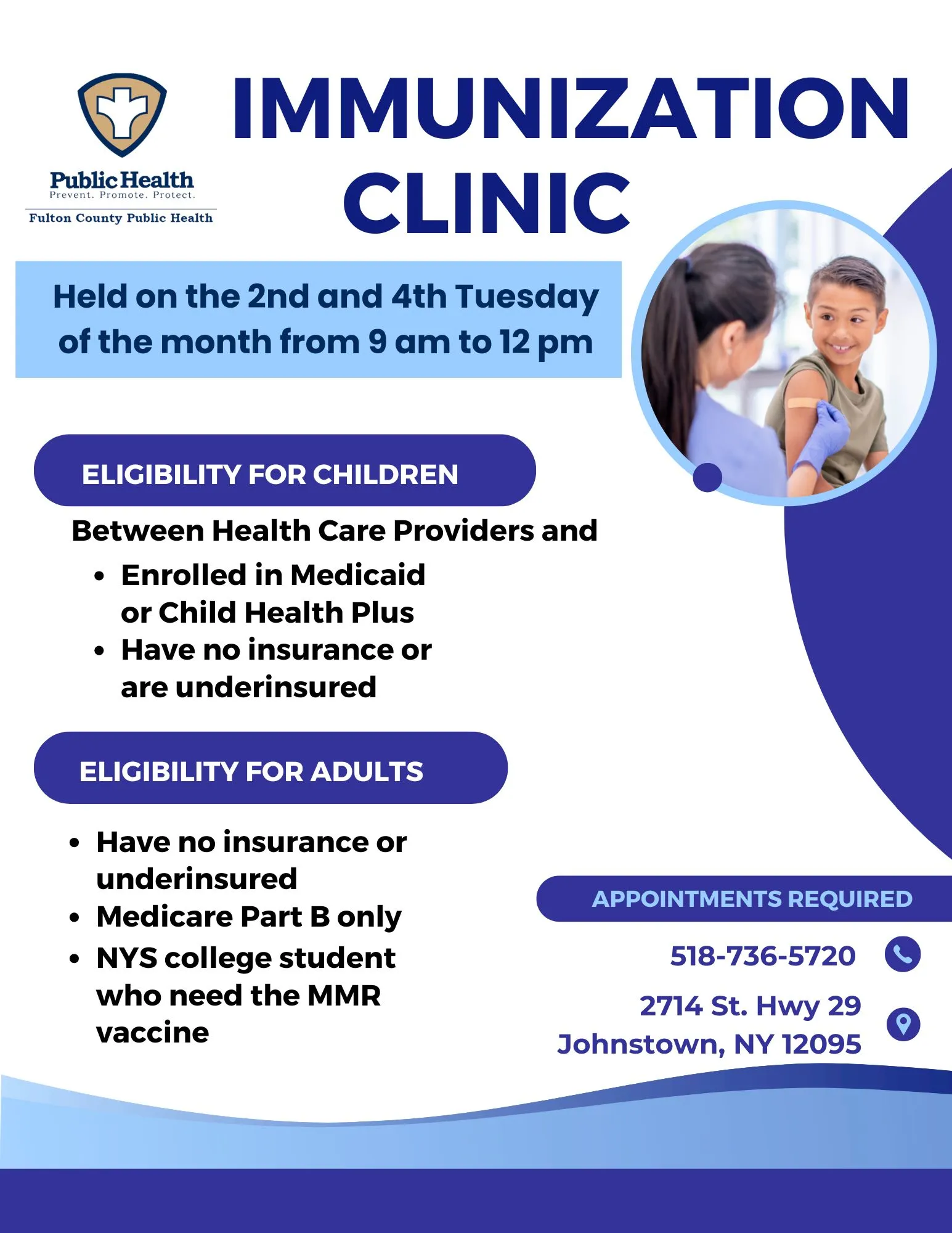


How Do Vaccines Work?
There are a series of steps that your body goes through in fighting off a vaccine-preventable disease:
- First - A vaccine is given by a shot or liquid by mouth. An alternative needle-free route is the use of inhalation by aerosol and powder. Most vaccines contain a weakened or dead disease germ or part of a disease germ. Other vaccines use inactivated toxins. Some of the bacteria that cause disease do so by producing toxins that invade the bloodstream.
- Next - The body makes antibodies against the weakened or dead germs in the vaccine.
- Then - These antibodies can fight the real disease germs - which can be lurking all around - if they invade the individual’s body. The antibodies will know how to destroy them and the individual will not become ill. Most vaccines don't cause the diseases that are usually caused by viruses and bacteria.
- Finally - Protective antibodies stay on guard in the individual’s body to safeguard it from the real disease germs.
After exposure to a live, weakened, or dead germ, the antibodies or memory cells fight infectious diseases and usually stay in a person's immune system for a lifetime. This protects a person from getting sick again. This protection is called immunity.

